Just wondering, most of all equipment at home have components/circuitry inside to transform high voltage (AC) into lower voltage (mostly DC), also all modern LED lambs. Modern products become more and more efficient and operates at low voltages. Still we have only very high voltage sockets at home.
Also nowadays many manufacturers provide adapters with their consumer products. The amount of adapters is enormous, I think I have at least 40 adapters lying around the house. All of them are near or below 24 volts. For example my laptop adapter output 19 volts.
Would it be more efficient to have a (isolated) 24v AC socket instead of 240v? The transformation is done at the fuse box (what is the name in English, cupboard with energy meter). To step down isolated 24v AC is much easier (requires less components and no transformer i guess) for each product. Or is there any downside doing this? It will reduce the amount of repeating components required for many products, cables, transformers etc.
I know why AC is used instead of DC to transport electricity so that is why I suggest 24v AC. Or do we need a higher voltage?
What could be the reason why we don't have this green environment socket? Any downsides or is there no reason at all?
